Objectives
Definitions – infant / child
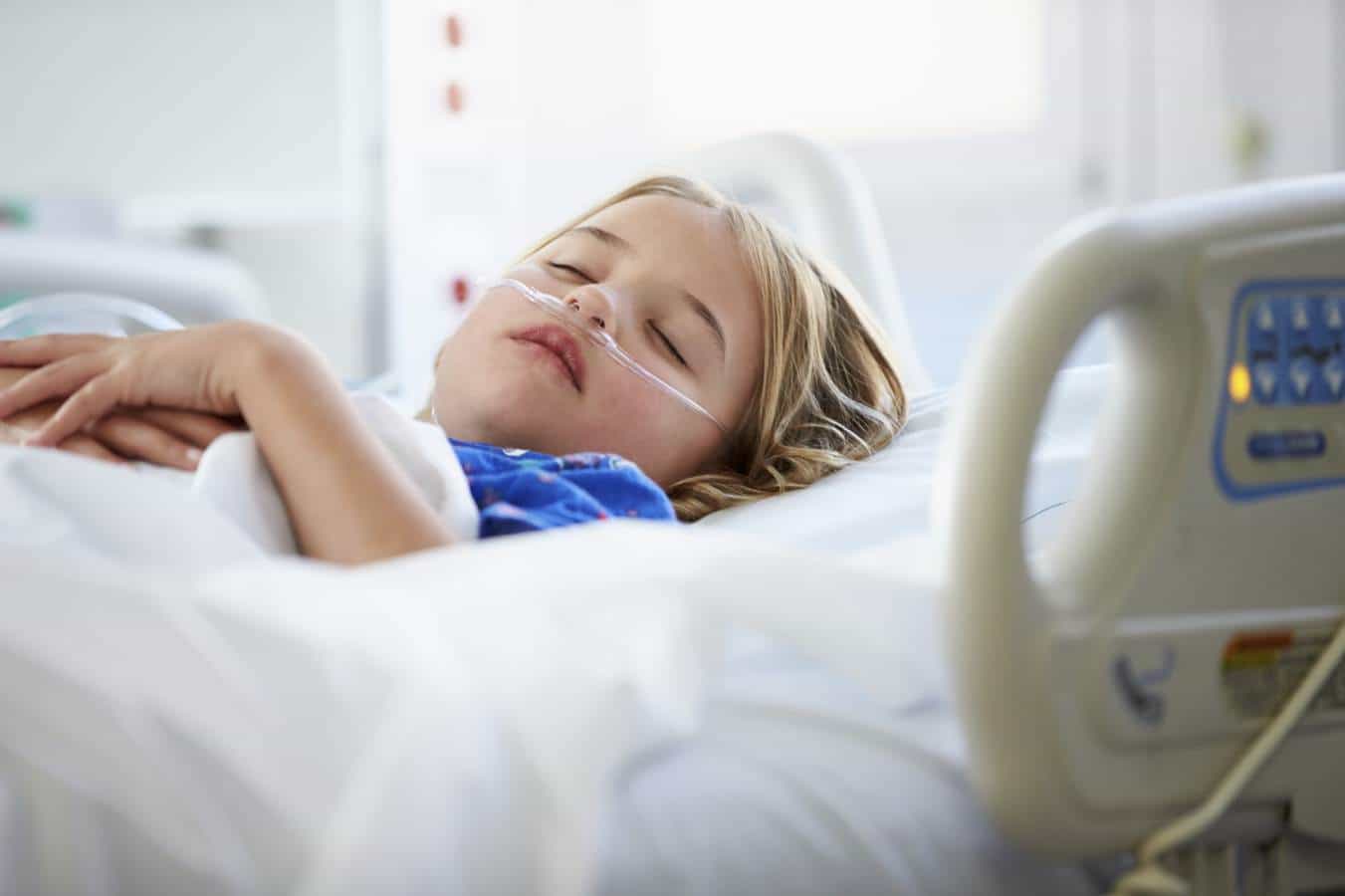 Definitions of an infant or child are based on combinations of physiology, age and physical size.
Definitions of an infant or child are based on combinations of physiology, age and physical size.
Child A child is defined as being between 1 to 18 years of age.
Infant An infant is defined as 0 – 12 months of age (more than a few hours post birth to 1 year), excluding newborns (newborn refers to an infant at the time of birth).
From a practical perspective, adult guidelines can be used for anyone who appears to be an adult.
The physiology of paediatric arrest results in lower rates of ventricular fibrillation and pulseless ventricular tachycardiac than adults. Optimizing airway patency with provision of effective ventilation and oxygenation are fundamental components.
ANZCOR Guideline 12.1, 2024
Definitions of Basic and Advanced Life Support
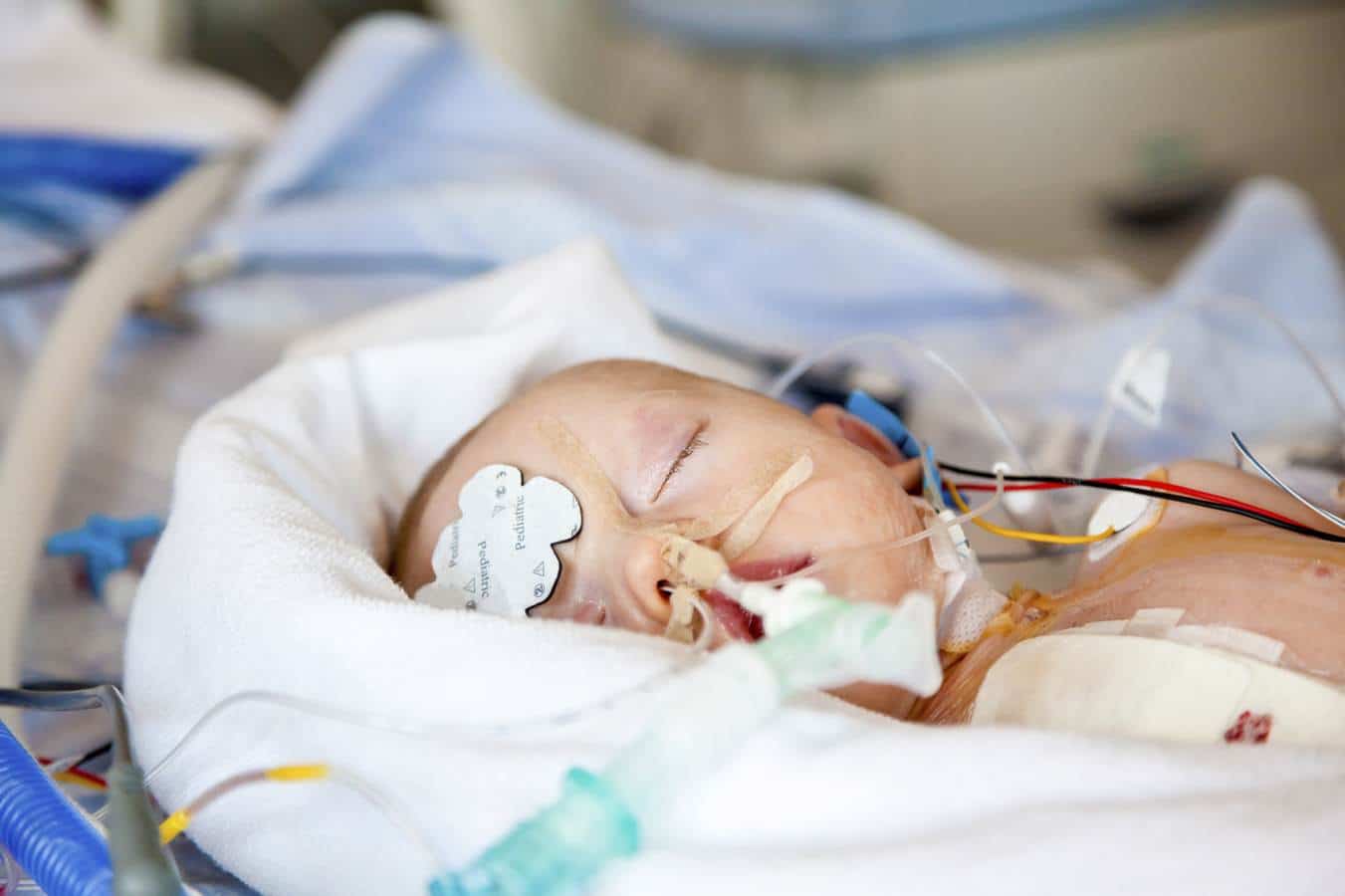 Advanced Life Support (ALS) is basic life support with the addition of invasive techniques (i.e.: manual defibrillation, advanced airway management, IV/IO access and pharmacologic agents e.g.: adrenaline, amiodarone and fluid replacement).
Advanced Life Support (ALS) is basic life support with the addition of invasive techniques (i.e.: manual defibrillation, advanced airway management, IV/IO access and pharmacologic agents e.g.: adrenaline, amiodarone and fluid replacement).
ANZCOR Guidelines, 2024
Basic Life Support (BLS)
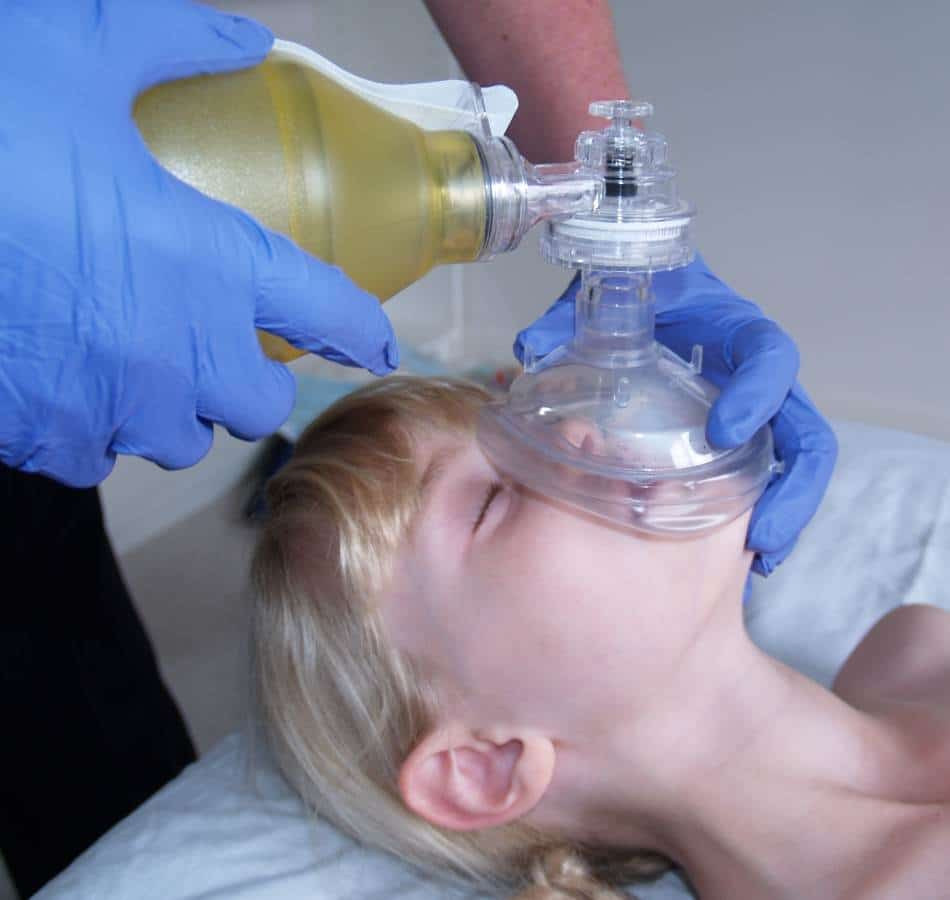 D = Danger – check for hazards, risks, ensure safety
D = Danger – check for hazards, risks, ensure safety
R = Responsive – check for responsiveness
S = Send for help
A = Airway – clear & open the airway
B = Breathing – check for normal breathing
C = CPR – start CPR
D = Defibrillation – use Automated External Defibrillator (AED) if available
ANZCOR Guideline 8, 2024
Recognising cardiac arrest
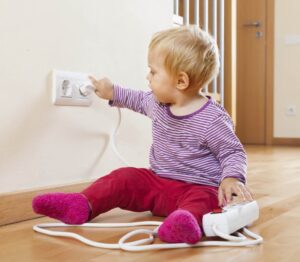
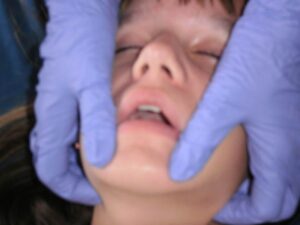
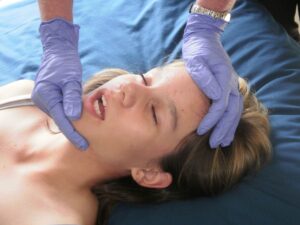

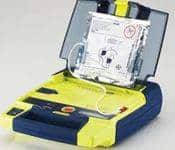
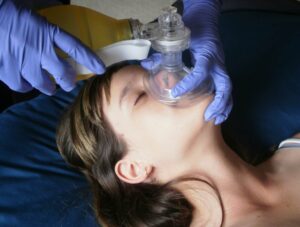

Phone: 0419 675 740 | Fax: 07 3325 0388
Email: mail@hcts.com.au
Postal Address: PO Box 426, Albany Creek, Qld, 4035
Stay up to date with our latest news and products.